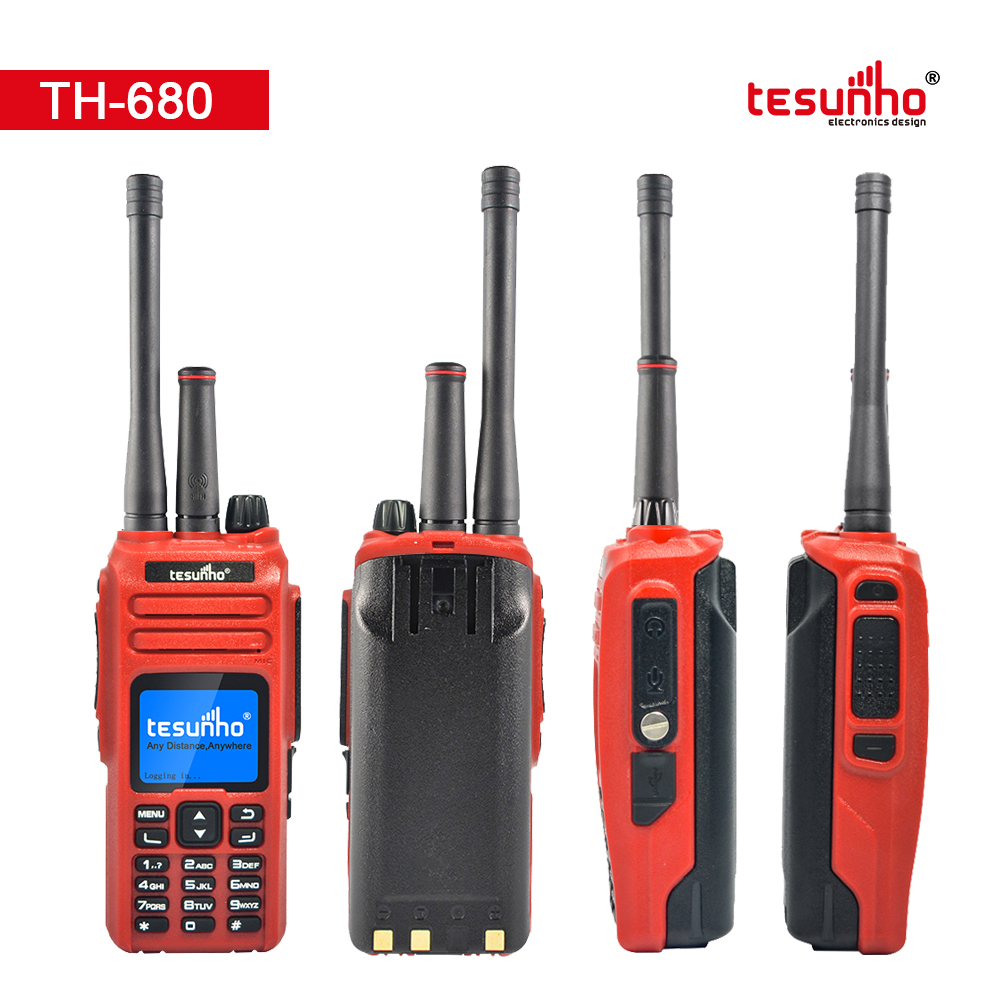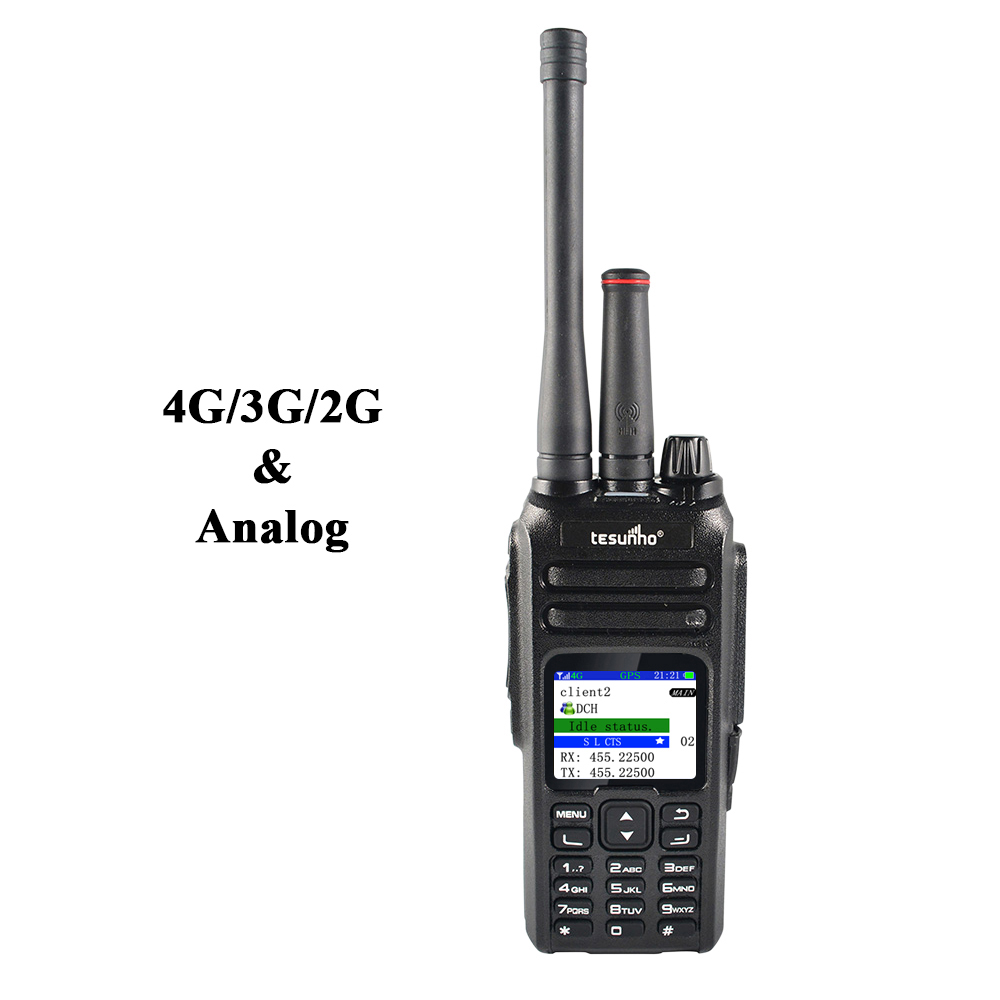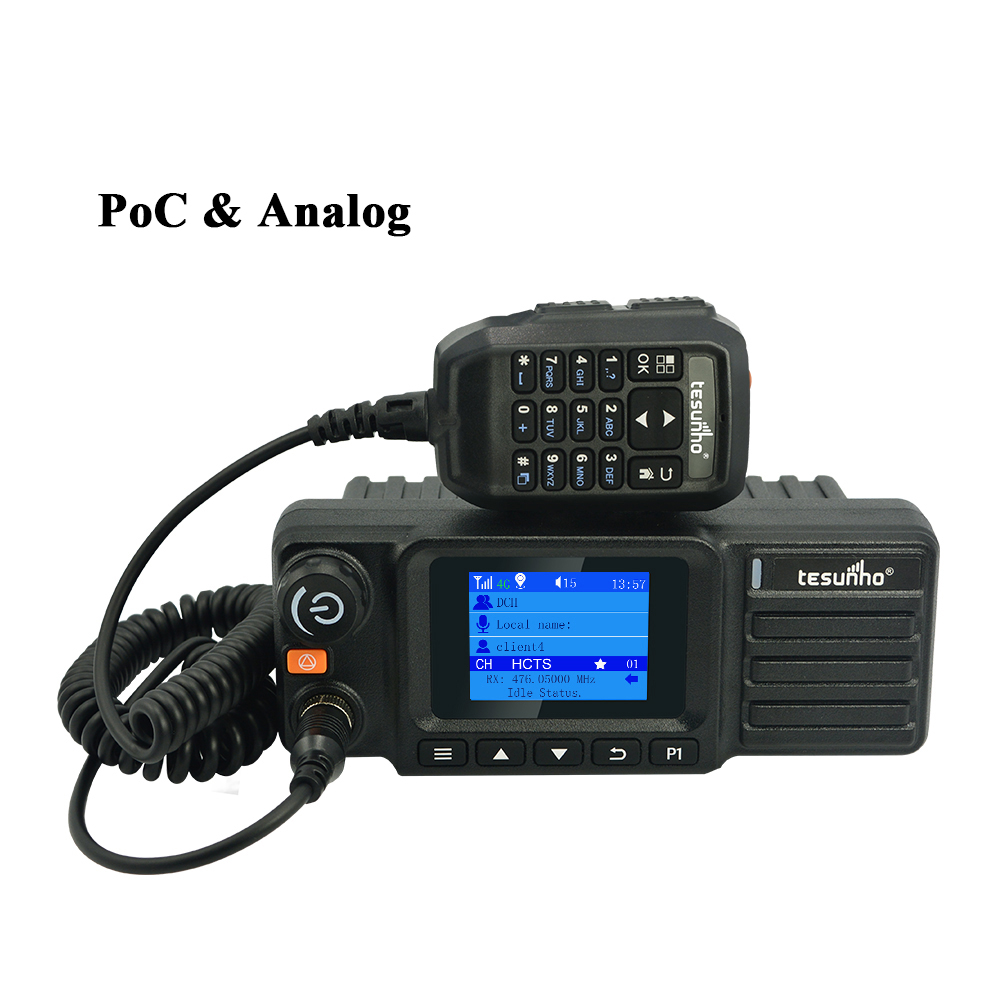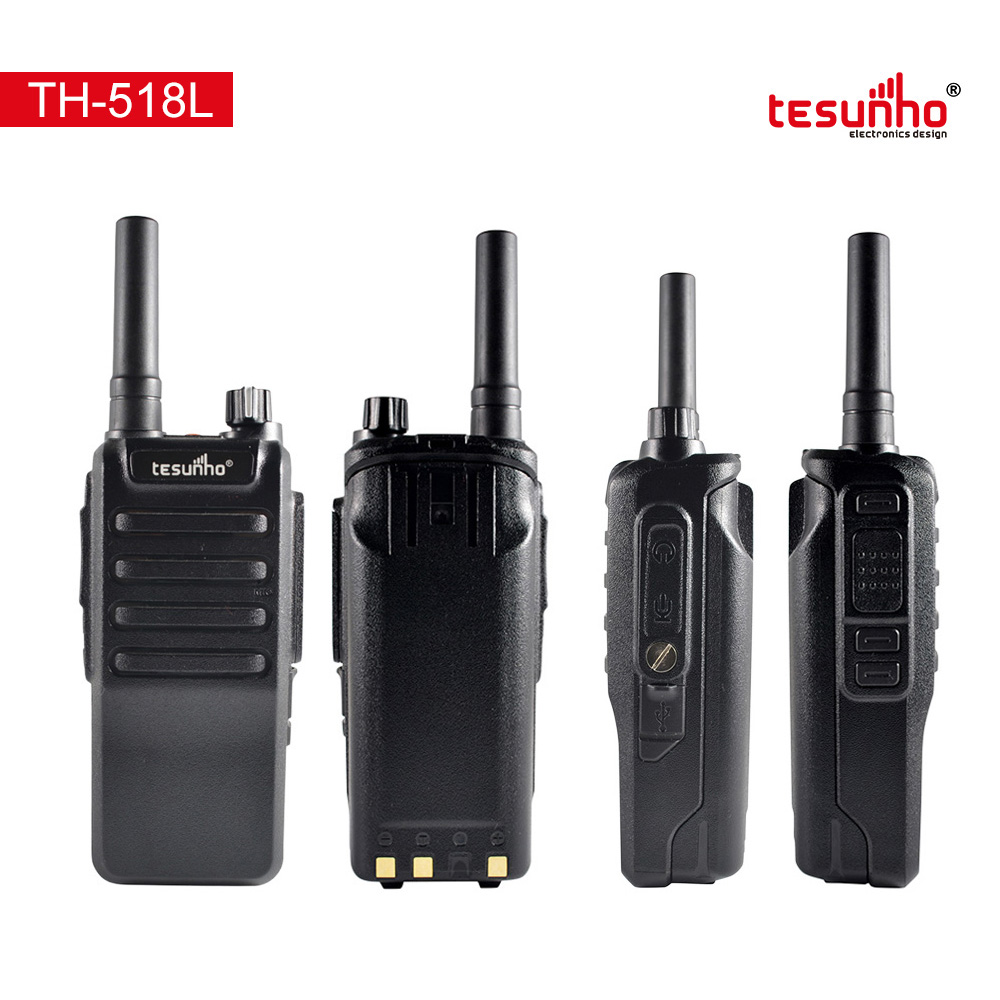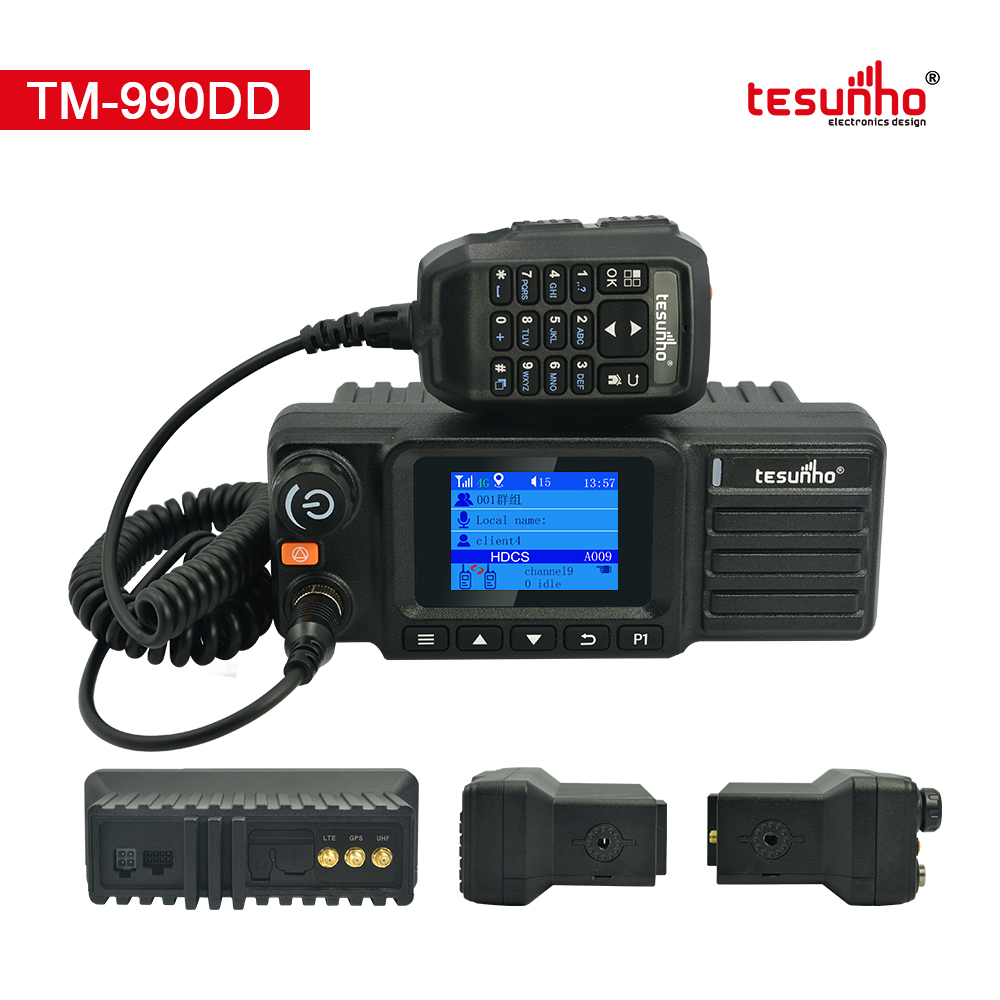Two-way radio is portable communication tool consisting of low-level radio transmitters and receivers. Two-way radio makes the users have a conversation with other similar radios operating on the same radio frequency (channel).
The first truly mobile two-way radio was developed in Australia in 1923 by Senior Constable Frederick William Downie of the Victorian Police. The Victoria Police were the first in the world to use wireless communication in cars.
Two-way radio is available in mobile, stationary base and hand-held portable configurations. It's worth mentioning that hand-held radios are often called walkie-talkies.
Walkie-talkies are wireless, hand-held radios that are small enough to take just about anywhere. They look like wireless household telephone very much, with a body that includes a microphone, speaker and an antenna. Unlike a phone, though, a walkie-talkie's speaker and microphone are placed right next to each other, and the speaker is much louder, so that anyone within earshot can follow the conversation.
The simple equipment making walkie talkie makes its two-way communications a useful tool in a wide range of military, commercial and personal roles.
Frequencies
Two-way radios can operate on many different frequencies, and these frequencies are assigned differently in different countries. Typically channelized operations are used, so that operators need not tune equipment to a particular frequency but instead can use one or more pre-selected frequencies, easily chosen by a dial, a pushbutton or other means.
UHF vs. VHF
The most common two-way radio systems operate in the VHF and UHF parts of the radio spectrum. Because this part of the spectrum is heavily used for broadcasting and multiple competing uses, spectrum management has become an important activity of governments to regulate radio users in the interests of efficient and non-interfering use of radio. Both bands are widely applied for different users.
UHF
Ultra high frequency (UHF) is the ITU designation for radio frequencies in the range between 300 MHz and 3 GHz, also known as the decimeter band as the wavelengths range from one to ten decimeters.   
UHF radio waves propagate mainly by line of sight; they are blocked by hills and large buildings although the transmission through building walls is high enough for indoor reception. They are used for television broadcasting, cordless phones, walkie-talkies, personal radio services satellite communication, cell phones and numerous other applications.
VHF
Very high frequency (VHF) is the ITU designation for the range of radio frequency electromagnetic waves (radio waves) from 30 MHz to 300 MHz, with corresponding wavelengths of ten to one meters.
Common uses for VHF are FM radio broadcasting, television broadcasting, two way land mobile radio systems (emergency, business, private use and military), long range data communication up to several tens of kilometers with radio modems, amateur radio, and marine communications. Air traffic control communications and air navigation systems work at distances of 100 kilometers or more to aircraft at cruising altitude.
FRS and GMRS
All walkie-talkies are built to work on specific radio frequencies. In the United States, the primary frequencies designated for general public use are called Family Radio Service(FRS) and General Mobile Radio Service(GMRS). FRS or GMRS radios operate at frequencies in the 460-MHz range. The government also sets aside frequencies for corporate use, called Business Band, which includes frequencies between 450 and 470 MHz.
Privacy Codes
Some walkie talkie models have privacy codes because someone may use to operate on the same frequency and channel and then they will listen to the conversations. Actually, a privacy code scrambles the signal, so that anyone not on the same privacy code can not join in the conversation.
Range
The useful direct range of a two-way radio system depends on radio propagation conditions, which are a function of frequency, antenna height and characteristics, atmospheric noise, reflection and refraction within the atmosphere, transmitter power and receiver sensitivity, and required signal-to-noise ratio for the chosen modulation method.
An engineered two-way radio system will calculate the coverage of any given base station with an estimate of the reliability of the communication at that range. Two-way systems operating in the VHF and UHF bands, where many land mobile systems operate, rely on line-of-sight propagation for the reliable coverage area. The "shadowing" effect of tall buildings may block reception in areas within the line-of-sight range which can be achieved in open countryside free of obstructions. The approximate line-of-sight distance to the radio horizon can be estimated from : horizon in kilometers = 3.569 times the square root of the antenna height in meters.
VOX
More and more walkie-talkies also come with ruggedized components so that they'll withstand the abuse of the outdoors. Many are water-resistant and some even float. And many models now come with voice activation (VOX) so that you don't even have to press a button to begin speaking.
Lifetime
The general life term for the two-way radio is 5 to 7 years and 1 to 2 years for two-way radio's accessories but still the usage, atmosphere and environment plays a major role in two way radio's life term. There are so many speculations on the life term of two way radios and their accessories i.e. batteries, chargers, head set etc.
Different system elements will have differing service lifetimes. These may be affected by who uses the equipment. An individual contacted at one county government agency claimed equipment used by 24-hour services wears out much faster than equipment used by those who work in positions staffed eight hours a day.
Accessories
There are various accessories available for walkie talkies such as rechargeable batteries, drop in rechargers, antennas, multi-unit rechargers for charging as many as six units at a time, and an audio accessory jack that can be used for headsets or speaker microphones.
Conclusion
Business men use walkie-talkies so that employees can chat efficiently in and around their indoor and outdoor structures. Wilderness lovers tote walkie-talkies so that they can keep in touch during hiking or hunting trips out where cell phone cover age is non-existent. Even baby monitors employ one-way walkie-talkie technology, so that you know if Junior is sleeping peacefully or attempting escape.
Most of people choose to buy walkie talkie on line. Shopping online for walkie talkies offers more of a selection by which to compare various models. In order to give the consumers more good-quality walkie talkie and better service, walkie-talkie manufacturers are constantly improving their products and even tying them to the popularity of smartphones.
All of these advances speak to the continuing relevance and usefulness of walkie-talkies. For a decades-old radio technology, that's serious longevity, especially in the face of so many new communications devices. For now, walkie-talkies and their radio-based brethren are here to stay.

